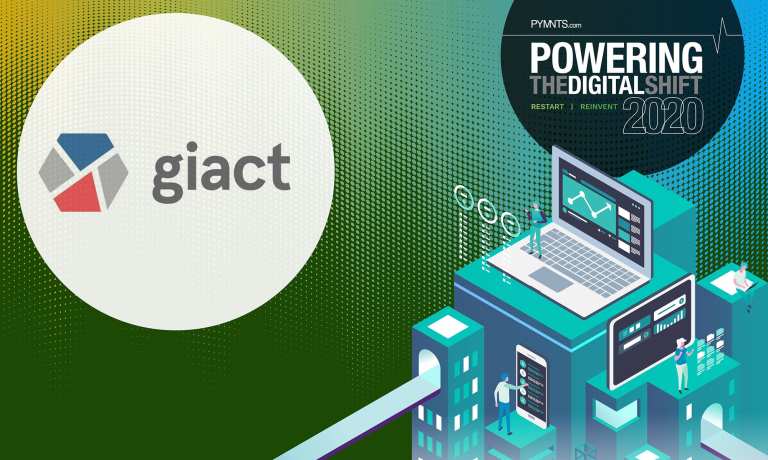
“One of the most important tasks during [the lockdown] period was to re-evaluate our approach to teamwork, culture and connection.”
Not everything about the pandemic is bad. Some used it as an opportunity for introspection that’s led to unexpected gains, even out of disruptions like working from home. “We needed to find a way to connect with our employees and solve problems quickly. One of the ways we did this was through larger meetings via video conference. Instead of one-off conversations in the office, broader teams met,” said Melissa Townsley-Solis, co-founder and CEO at GIACT. “Getting everyone together helped us respond to issues more efficiently. It’s also allowed us to have fewer meetings, which has been a welcome change. The experience has made us better, more efficient communicators. As a result, we estimate our productivity has increased by 15 to 20 percent.”
The following is an excerpt from How 35 Execs Are Powering The Great Digital Shift Of 2020 (And Beyond), contributed by Melissa Townsley-Solis, co-founder and CEO at GIACT.
In a remote work environment, tech companies like ours have a lot of advantages. But as people, we had to meet the moment.
The shift to digital exclusivity started as news of the pandemic made its way to the U.S. Even in those early days, we knew things were going to change. We just never dreamed it would demand the change we’re seeing today.
One of the most important tasks during that period was to re-evaluate our approach to teamwork, culture and connection.
First, we needed to find a way to connect with our employees and solve problems quickly. One of the ways we did this was through larger meetings via video conference. Instead of one-off conversations in the office, broader teams met. Getting everyone together helped us respond to issues more efficiently. It’s also allowed us to have fewer meetings, which has been a welcome change. The experience has made us better, more efficient communicators. And as a result, we estimate our productivity has increased by 15 to 20 percent.
Other areas of change were in our sales and marketing efforts. As trade shows were postponed and canceled, we quickly shifted our marketing approach, opting for a robust digital strategy. This included the issuing of topical studies, thought leadership pieces and webinars. Our sales team, too, had to adjust as more customers and prospects transitioned to working from home. While the sales team has always taken a digital-first approach, they’ve had to find new ways to keep customers engaged. Out of this shift, we were able to double our revenue numbers for two consecutive months, in April and May.
To boost morale and incentivize sales, we also found fun ways to engage staff. These included games and incentives for employees who met their targets. The games have been a big hit and have provided some much-needed levity. The fun, interactive engagement has also helped keep employees energized and excited about work.
The virtual work environment has also helped us to grow as a company. Without worrying about physical office space, GIACT has been actively hiring to keep up with demand. Virtual meetings have also allowed us to develop a more efficient interview process and hire more staff, faster.
As we enter into the new normal, our hope is to capitalize on the progress we’ve made. For the foreseeable future, for example, we will have at least half of our staff working from home. We will also continue to heavily invest in our most important asset — our staff — through 100 percent employer-paid healthcare packages and benefits for employees and their families.
At the end of the day, through the digital transformation we experienced, we haven’t just been able to survive — we’ve been able to thrive. It’s a testament to GIACT’s leadership, our staff and our collective resolve.
Read more executives’ insights in How 35 Execs Are Powering The Great Digital Shift Of 2020 (And Beyond).